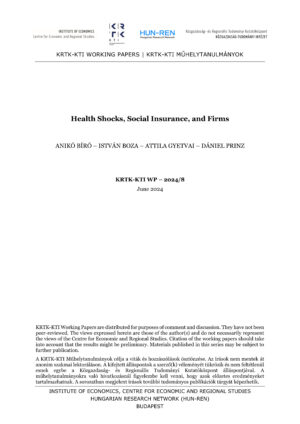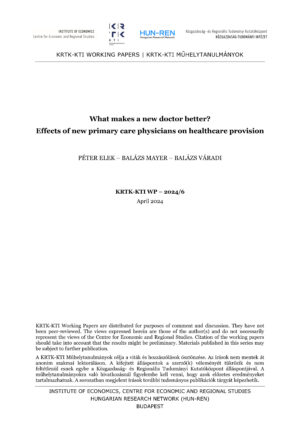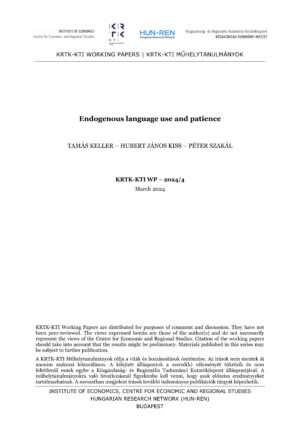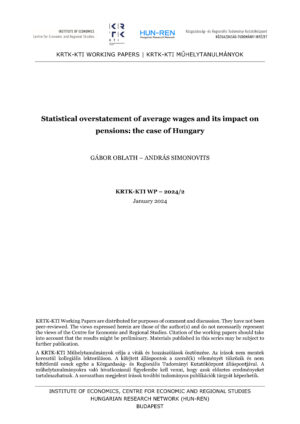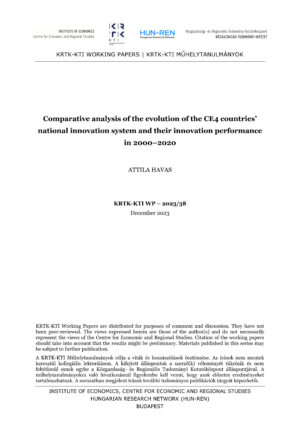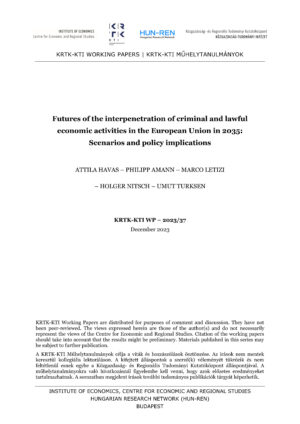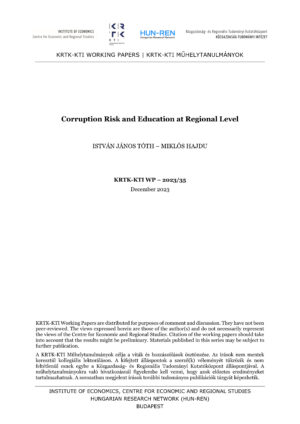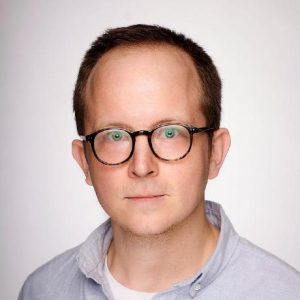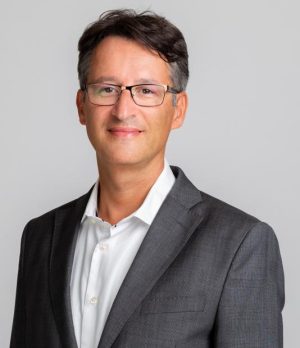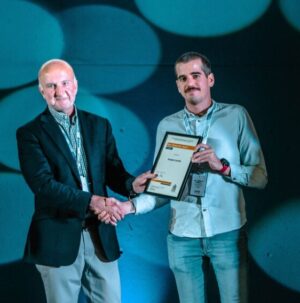We study the role that firms play in social insurance benefit uptake after their workers experience health shocks. Social insurance in our setting, Hungary, is universal and comprehensive, thus allowing us to quantify the impact of firms on benefit uptake and labor market outcomes on top of the social safety net. Using matched employer-employee administrative data linked to individual-level health records, we find that firm responses to worker health shocks are heterogeneous: workers hit by a health shock at high-quality firms are less likely to take up disability insurance or exit the labor force than those at low-quality firms.
